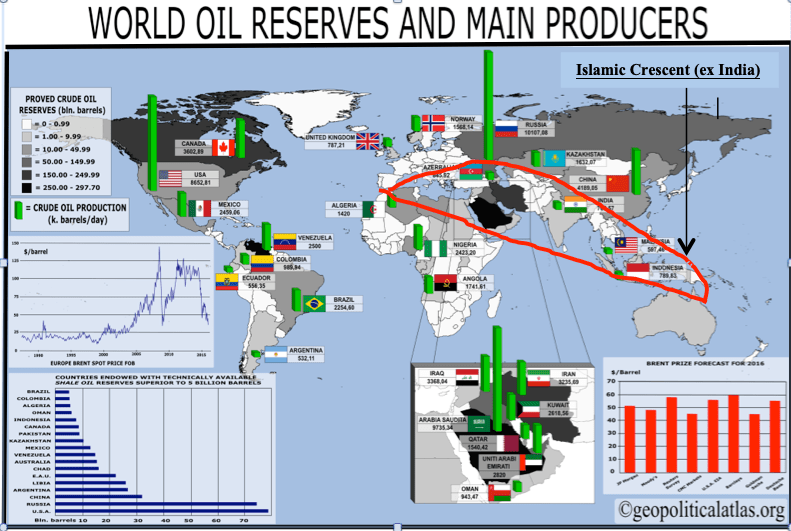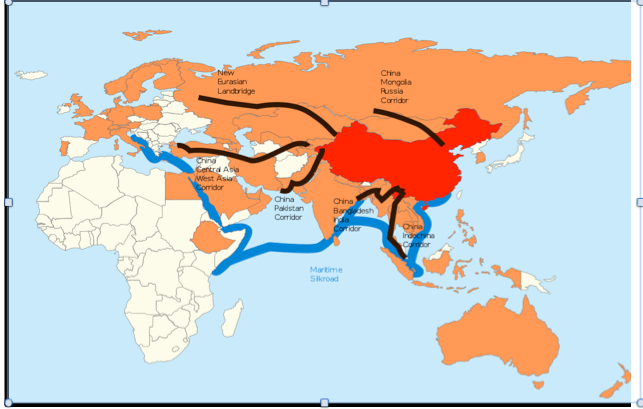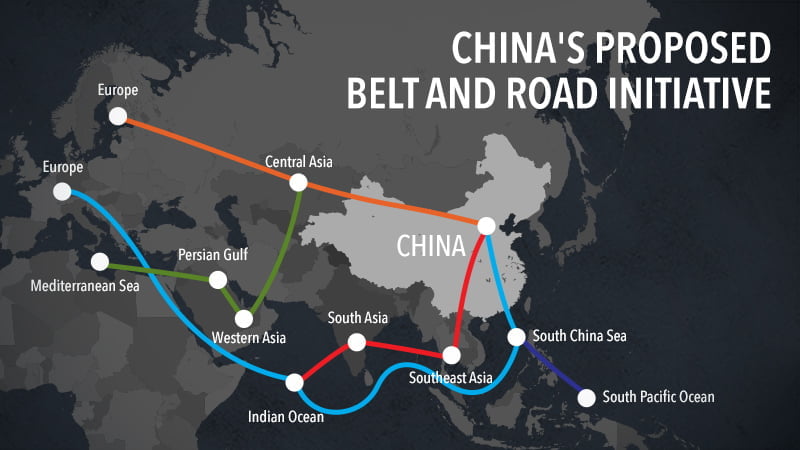By Captain Paul E. Mawn USN (Retired)
Access to and the distribution of petroleum was an underlying foundation for the Allied victory in World War II, in particular due to:
- Ample US hydrocarbon resources and refining capacity
- Close knit cooperation between the USA and the oil industry
- Significant expansion of oil based toluene production (i.e. a chief component of TNT for bombs)
- The discovery and manufacturing of synthetic rubber for tires since the raw material was accessible
- Oil refining technology upgrades for 100 octane avgas used in the Battle of Britain & elsewhere
- The rapid development and completion of the Big Inch and Little Inch oil pipelines
The next 2 major US combat engagements during the Korean and Vietnam Wars were really not tied to petroleum security of supply.
However, some left wing radicals during the Vietnam War incorrectly claimed that the US was really fighting to protect the oil reserves of the “big bad” international oil industry in Vietnam which only has less than 0.3% of the world proven oil reserves which was 94% less than the proven oil in just North America.
However, the underlying foundation for Desert Storm on both sides was driven by the control of petroleum resources.
In August 1990, the Iraqi dictator Saddam Hussein had @ 9% of the world proven oil reserve and literally stole another 6% of the total international crude reserves by invading Kuwait.
Had Hussein been intelligent which fortunately was not the case, he could have easily whipped down the East coast of Saudi Arabia to pick up another 15% of world oil reserves and then continued to plunder another 6% of total oil reserves in the UAE, Oman & Qatar.
Thus, a mad man who was antagonistic to the US would control more than 36% of the global proven crude oil reserves or 50% of the OPEC total oil proven reserves which approaches the dangerous “red zone” known as the “Herfindahl Index” of market concentration.
During Desert Strom, the US was justifiably engaging in international “trust busting” against a clear and present danger to the security of the US and the world.
The current and probably lengthy World Wide Waron Islamic Fundamentalist Terrorism is primarily related to aradical and distorted interpretation of Islam to convert through fiendish terror and conquest.
However the objective for ultimate global domination is to control the proven oil reserves in an Islamic Crescent Caliphate from Gibraltar to Indonesia as shown in the figure below, which in turn would contain 54% of the world’s proven crude oil reserve or 75% of all of the oil reserves in OPEC.

In the hopefully unlikely activation of a future hot war with the Russian Federation, petroleum security of supply will not be a key issue since Russia has 6.3% of the global crude oil proven reserves with a reserve to production ratio (i.e. R/P ratio) of 26 years but only 1.9% of the world’s population.
As a frame of reference, the USA has 3% of the global crude oil proven reserves with an R/P ratio of 11 years and 4.3% of the world’s population.
However petroleum availability will be a key driving force in a future likely hot or cold war with China which has 18% of the world population but only 1.5% of the global crude oil proven reserve with an R/P ratio of 18 years.
As a result, China is now on the attack with a very aggressive global forward presence to address their growing gap for petroleum and other essential resources with a development strategy known as the “Belt and Road Initiative.”
In effect, this strategy by the “Market Leninist” dictatorship of China is an attempt to re-create the ancient “Silk Road” which was a network of routes for commerce that connected the East and the West and named for the lucrative silk trade that started over 200 years before the birth of Christ.
The “Belt” in this program stands for the overland routes to China shown with black lines in the figure below and the “Road” refers to the maritime corridors with a blue line in the figure below through the South China Sea, the South Pacific Ocean, and the wider Indian Ocean area.
Key objectives of the modern resurrection of these 2 “Silk Roads” are to enhance the Chinese economic power, regional hegemony as well as petroleum security via infrastructure development and investments in Europe, Asia, Africa and Venezuela.
The Chinese Navy already has established a forward deployment base in Djibouti on the Horn of Africa and is looking forward to using future port facilities that they are building in Pakistan.
The maritime portion of the new “Silk Road” is particularly crucial since over 80% of world trade is carried over the oceans via ships which for the most part are fueled by petroleum.
In addition, over 99% of the transcontinental communications are carried over sea cables in the ocean and food from the sea is expected to increase by an order of magnitude over the next decade. The Chinese elite and key government officials do study history and view the USA as the gold standard for emulation as a world power.
As a result, maritime leaders and strategists in China are considered to be serious followers of the late Captain Alfred Mahan US Navy who wrote “The Influence of Sea Power upon History”(1660-1787).
Furthermore, China now views the Monroe Doctrine as a concept that should also equally apply to China for dominance over South East Asia which sounds suspiciously like “The Greater East Asia Co-Prosperity Sphere”.

Thus in the last several years, China has been significantly focusing on the rapid development of their Naval Forces to the point where they are about to have more deployable combat ships than the US Navy (i.e. 350 vice 286) plus more auxiliary and reserve ships than the US (i.e. 700 vs. 200).
However for the near future, the US still will have a more powerful Navy than the China for at least the following factors:
- Only 1 Chinese carrier vs. 11 US carrier,
- No significant combat experience by the Chinese Navy
- Significantly fewer Chinese naval aviation assets (650 vs. 3,700 planes of the USN)
- Limited forward projection and “Blue Water” experience of the Chinese navy
- Inferior Chinese logistics train, especially for petroleum
In short, relative to the link between “Oil & War”, current and future politicians and military strategists would be wise to remember the following words of Harvard graduate and philosophy professor George Santayana in his 1905 book called “Life of Reason”: “Those who cannot remember the past are condemned to repeat it.”
The featured graphic is credited to the following source:
https://www.rappler.com/newsbreak/iq/149535-china-belt-road-initiative
For the complete article by Paul Mawn, please see the following:


